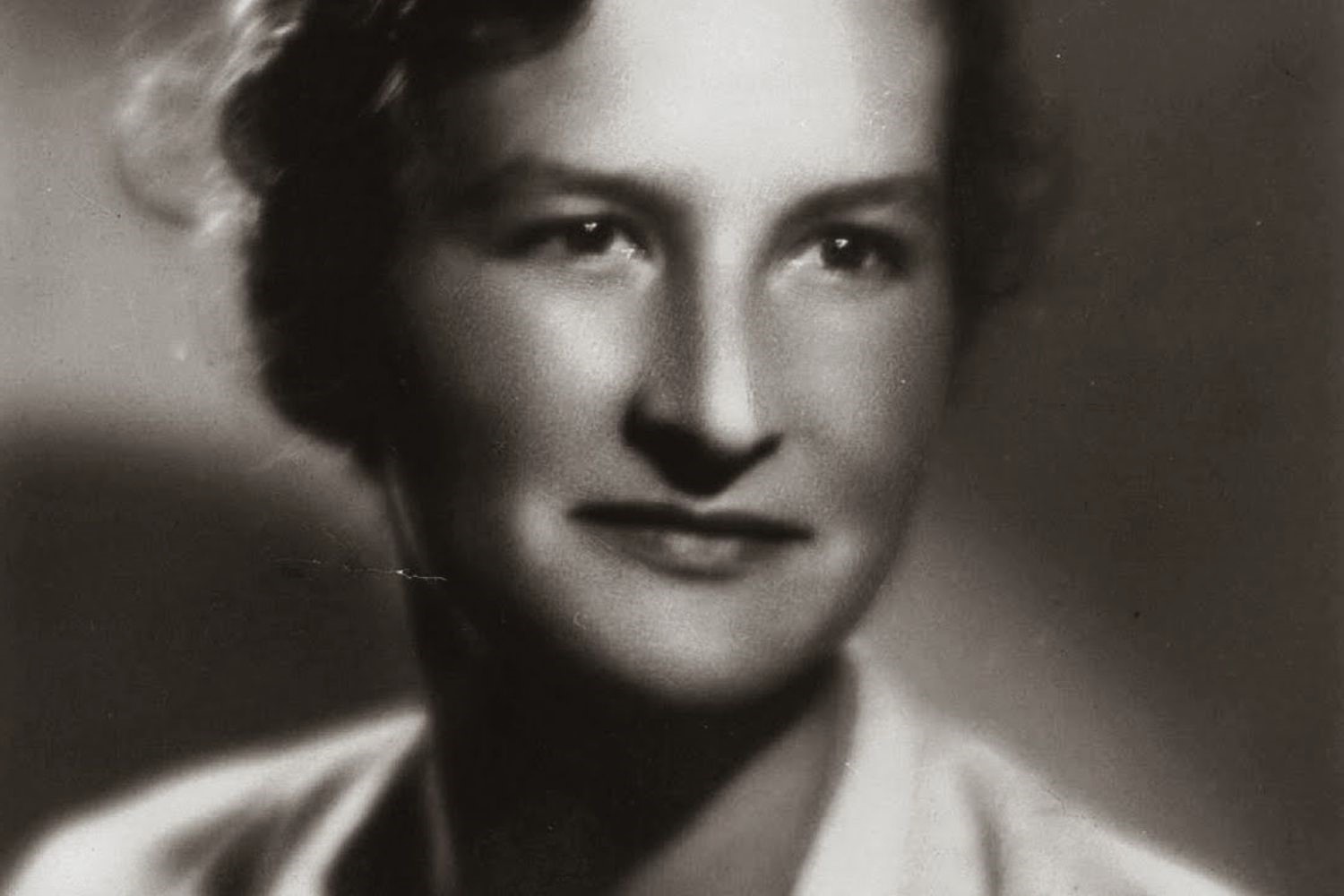
Did you know the oldest North American DNA dates back over 14,000 years? This ancient genetic material was discovered in a cave in Mexico, offering a glimpse into the lives of the continent's earliest inhabitants. Scientists have used this DNA to piece together migration patterns, revealing that these early humans traveled from Asia across the Bering Land Bridge. This discovery has reshaped our understanding of how the Americas were populated. From the tools they used to the animals they hunted, these ancient people left behind clues that continue to intrigue researchers. Ready to dive into more fascinating facts about this groundbreaking find? Let's get started!
Key Takeaways:
- The oldest North American DNA, from the Ancient Beringians, reveals unique genetic traits and challenges previous migration theories, shedding light on ancient human history and adaptation to harsh environments.
- The discovery of the ancient DNA in Alaska has sparked new research, inspiring collaboration between scientists and leading to a deeper understanding of human migration and the lives of our ancient ancestors.
Oldest North American DNA: A Window to the Past
The discovery of the oldest North American DNA has provided incredible insights into the history of human migration and evolution. These findings have reshaped our understanding of ancient peoples and their journeys across the continent.
-
The oldest DNA found in North America dates back over 14,000 years. This ancient genetic material was discovered in a cave in Alaska.
-
This DNA belongs to a group known as the Ancient Beringians. They are believed to be among the first people to settle in North America.
-
The Ancient Beringians' DNA shows a unique genetic signature. This signature is distinct from other Native American groups.
-
Scientists extracted this DNA from the remains of a young girl. Her bones were found in the Upward Sun River site in Alaska.
-
The discovery was made in 2013. However, it took several years of analysis to fully understand its significance.
-
The DNA analysis revealed that the Ancient Beringians split from other Native American ancestors around 20,000 years ago.
-
This split likely occurred in Beringia. Beringia was a land bridge that connected Asia and North America during the last Ice Age.
-
The Ancient Beringians lived in isolation for thousands of years. This isolation allowed their unique genetic traits to develop.
The Significance of the Discovery
Understanding the significance of this discovery helps us appreciate the complexity of human migration and adaptation.
-
The DNA findings challenge previous theories about the peopling of the Americas. It suggests multiple waves of migration rather than a single event.
-
The Ancient Beringians' genetic makeup provides clues about their lifestyle. They likely adapted to harsh, cold environments.
-
This discovery also helps trace the lineage of modern Native American groups. It shows a deep genetic connection to these ancient peoples.
-
The DNA analysis used advanced techniques. These techniques include next-generation sequencing and radiocarbon dating.
-
The findings were published in the journal Nature in 2018. This publication brought significant attention to the study.
-
The research was a collaborative effort. Scientists from multiple institutions, including the University of Copenhagen and the University of Alaska, contributed.
-
The discovery has implications for understanding human evolution. It provides a clearer picture of how early humans spread across the globe.
Cultural and Historical Context
The cultural and historical context of the Ancient Beringians adds depth to our understanding of their lives.
-
The Upward Sun River site where the DNA was found also contained artifacts. These artifacts include tools and remnants of ancient dwellings.
-
The site provides evidence of complex social structures. It suggests that the Ancient Beringians had established communities.
-
The remains of the young girl were found in a burial pit. This indicates that the Ancient Beringians practiced burial rituals.
-
The artifacts found at the site show advanced craftsmanship. This includes finely made stone tools and weapons.
-
The discovery of the DNA and artifacts helps reconstruct the daily life of these ancient people. It offers a glimpse into their survival strategies and social organization.
Broader Implications for Science
The broader implications of this discovery extend beyond anthropology and archaeology.
-
The study of ancient DNA can help track the spread of diseases. It provides insights into how pathogens evolved and spread with human populations.
-
The techniques used to extract and analyze the DNA are advancing rapidly. These advancements are opening new possibilities for studying ancient remains.
-
The findings have sparked interest in other potential sites. Researchers are now looking for more ancient DNA in North America.
-
The discovery has also influenced the field of genetics. It highlights the importance of studying diverse populations to understand human history.
-
The research has inspired new questions about human migration. Scientists are now exploring other routes and timelines for the peopling of the Americas.
Future Research and Discoveries
Future research will continue to build on these findings, uncovering more about our ancient ancestors.
-
Scientists are planning more excavations in Alaska. They hope to find additional remains and artifacts.
-
New technologies are being developed to analyze ancient DNA. These technologies will provide even more detailed information.
-
Researchers are also studying the environmental conditions of ancient Beringia. This will help understand how the Ancient Beringians adapted to their surroundings.
-
The discovery has encouraged collaboration between geneticists and archaeologists. This interdisciplinary approach is leading to new insights.
-
Future studies may reveal more about the diet and health of the Ancient Beringians. This information can be gleaned from isotopic analysis of their bones.
-
The findings have also prompted a re-examination of other ancient remains. Scientists are looking at previously discovered bones with new techniques.
-
The research is contributing to a global understanding of human migration. Similar studies are being conducted in other parts of the world.
-
The discovery has educational value. It is being used to teach students about genetics, archaeology, and human history.
-
The findings are also important for indigenous communities. They provide a deeper connection to their ancient ancestors.
-
The research has been supported by various funding agencies. This includes the National Science Foundation and other scientific organizations.
-
The discovery has been featured in documentaries and media reports. This has helped raise public awareness about ancient DNA research.
-
The findings have led to new hypotheses about human evolution. Scientists are now exploring how different populations interacted and evolved.
-
The study of the oldest North American DNA is ongoing. Each new discovery adds another piece to the puzzle of our ancient past.
The Final Word on Ancient DNA
Ancient DNA from North America tells a fascinating story. It reveals migration patterns, cultural exchanges, and survival strategies of early humans. These genetic clues help scientists piece together the puzzle of our ancestors' lives. The discovery of the oldest North American DNA, dating back over 14,000 years, has reshaped our understanding of human history. It shows that people arrived on this continent much earlier than previously thought. This knowledge not only enriches our historical narrative but also deepens our appreciation for the resilience and adaptability of early humans. As research continues, we can expect even more groundbreaking discoveries. Each new finding adds another layer to our understanding of the past. So, next time you hear about ancient DNA, remember it's not just about old bones; it's about the incredible journey of humanity.
Frequently Asked Questions
Was this page helpful?
Our commitment to delivering trustworthy and engaging content is at the heart of what we do. Each fact on our site is contributed by real users like you, bringing a wealth of diverse insights and information. To ensure the highest standards of accuracy and reliability, our dedicated editors meticulously review each submission. This process guarantees that the facts we share are not only fascinating but also credible. Trust in our commitment to quality and authenticity as you explore and learn with us.


